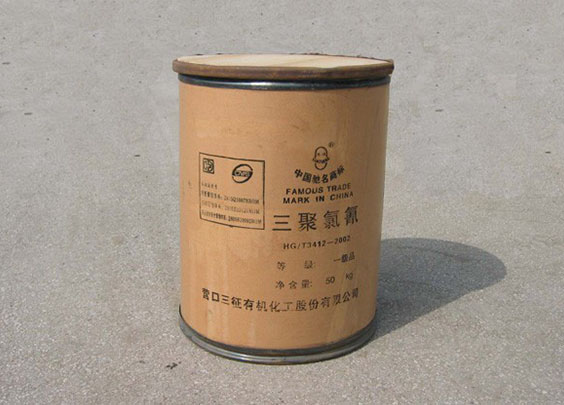
YINGKOU SANZHENG ORGANIC CHEMICAL CO., LTD. LIAONING CHINA
Address: No. 51, Xinxinli, Daqing Road, Zhanqian District, Yingkou City, Liaoning, China電話:0417-3638868
Fax: 0417-3638868
Email: ykszgs@sohu.com
Zip code: 115001
URL::m.odj-tech.com
(1) Classification according to the method of herbicide use. Liaoning Sanzheng Chemical Co., Ltd.
Stem and leaf treatment agent
It is to spray herbicides on the leaves or whole plants of weeds, such as glyphosate, paraquat, benzalkonium, and napkin. These herbicides can be used on non-arable land or during crop growth period.
Soil treatment agent
These herbicides are sprayed on the surface of the soil to seal the soil and form a liquid layer. When the germinated seeds, seedlings, and young roots contact or absorb the herbicides, they are inhibited or killed, such as trifluralin, dragline, acetochlor Amine etc.
Stem and leaf and soil treatment agent
Such herbicides can be used as soil treatment agents as well as stem and leaf treatment agents, such as herbicide, atrazine, and liguron.
(2) Classification according to the mode of action of herbicides.
Contact herbicide
This kind of herbicide has only partial killing effect, the plant contact part is damaged, the untouched part is not affected, and the agent cannot be transmitted in the body. Such as herbicide, sodium pentachlorophenate.
Systemic Conductive Herbicide
This kind of herbicides can be absorbed by plants. After being absorbed by roots, stems, leaves, buds, sheaths and other parts, the herbicides are absorbed by roots, buds, etc., and conducted along the transpiration flow to the ground. Some herbicides are absorbed by stems and leaves. After being absorbed, it is conducted along the sieve along with photosynthesis products to the underground part, such as triazines and substituted urea herbicides.

(3) Classification according to the use of herbicides.
Selective herbicide
Under certain conditions and dosages, these herbicides have different selectivity between weeds and crops, that is, to protect crops and eliminate weeds. Most organic herbicides are selective, such as dilamide, Chuoweitong, Durer Wait.
Killing herbicide
These herbicides are not selective to weeds and crops, and can kill weeds and damage crops. Most of inorganic herbicides are biocidal herbicides.
Selectivity and non-selectivity are relative, not absolute, and can change under certain conditions. If the dosage is increased or the method of use is changed, the selectivity can become sterile.
(4) Classification according to the source of herbicides.
Inorganic herbicide
Mainly derived from natural minerals, such as sodium arsenite, mineral oil emulsion. Such herbicides are used in large amounts and poor selectivity, and are currently rarely used.
Synthetic organic herbicide
This kind of herbicide is currently the most diverse, the most widely used, and the most widely used. It is the herbicide with the best weeding effect and is developing rapidly.
Microbial herbicide
This is a kind of herbicide made from living microorganisms or metabolites, such as Lubao No. 1 and so on.
Plant-based herbicides
This kind of herbicides use plant extracts or metabolites to prevent or inhibit the growth of other weeds, and some are called different plants, such as cinnamic acid derivatives coumarin, phenolic acid, etc.
(5) Classified by chemical structure.
Classified by chemical structure, it mainly refers to organic synthetic herbicides. There are nearly 20 categories with incomplete statistics, including amides, anilines, substituted ureas, phenoxys, benzoic acids, carbamates, diphenyl ethers, and three Nitrobenzene, organic phosphorus, heterocyclic ring, etc.